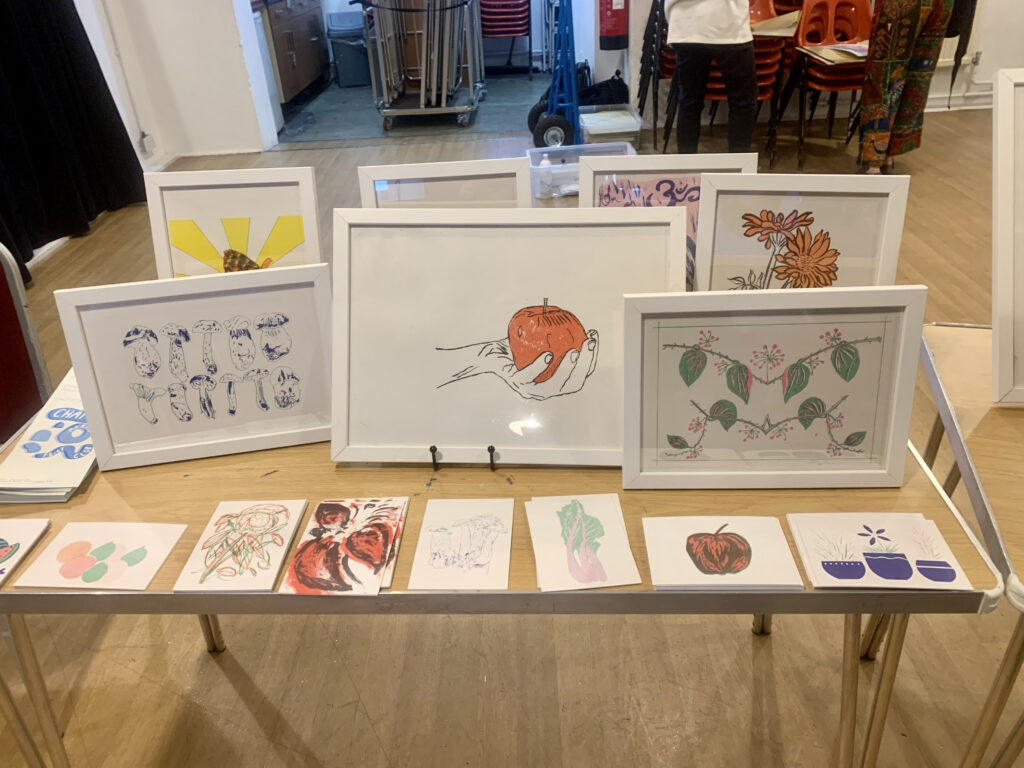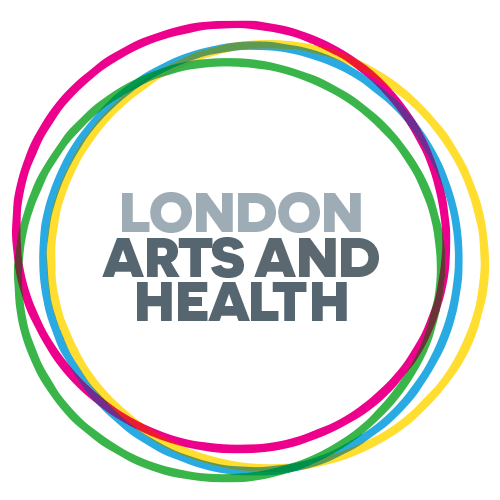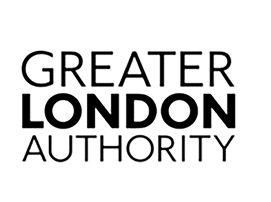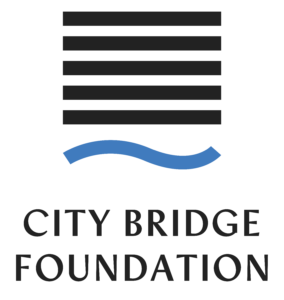
Image shows some of the final prints made by the group which were sold on a market stall in Chapel Market, prints available by contacting Kelder.
Everyday Creativity and Mental Health
Written by Elle Charlton, LAH’s Research Assistant.
Around the corner from the bustling Chapel Market, is the Claremont community centre which offers a multitude of creative activities and a low-cost counselling service to local communities. It is this centre which has been home to the Chapel Market Print Club, a six-week programme, which has taught members how to produce their own risograph prints, based on the sights, sounds and social exchanges of Chapel Market.
This programme was a collaboration between Emily Ballard, researcher and curator at Kelder Projects, Juneau Projects duo Philip Duckworth and Ben Sadler, as well as Sarah Lee, creative facilitator. Find out more about the background and research behind the programme here.
In this conversation, reflecting on the last 6 weeks, it was really interesting to listen to some of the key takeaways so far from the project stakeholders. Juneau Projects expanded on some of the process-based aspects of risograph printing which they thought lent well to wellbeing-focused workshops. These included:
-Lots of space for experimentation and easy to use
-Instant process and results, allow for multiple attempts to adapt and change images
-Provokes and encourages discussion and reminiscence based on the objects brought to the group to paint and sketch
-Encourages patience and generosity when taking turns to use the printing machine
-As a new technique to Juneau Projects, they were able to learn from club members through their experimentation, which put facilitators on the same level as print club members
The importance of these processes above was echoed by Phoebe Eustance, Head of Research at Hospital Rooms, a charity that commissions artists to work with NHS mental health inpatients on installations across units in the UK. The founders of this charity have been looking at ways to bring culture to acute mental health settings, which are often very clinical and have no visual stimulus for patients. Phoebe sees that sharing time and creativity is one of the ways in which Hospital Rooms can improve well-being in these settings, and through the shared involvement in the creative ideas behind the final installation.
They recognise that it is difficult to evaluate and measure the impact of these projects, however through arts-based evaluation techniques including collage and participatory action research they are seeking to understand the value of projects and how they can develop and have a legacy across units. An example of the impact of this project in one unit was that one of the patients was so inspired by the artwork installed that they asked for materials to create further artworks to be displayed within the unit.
Find out more about the background and research behind the programme here.




